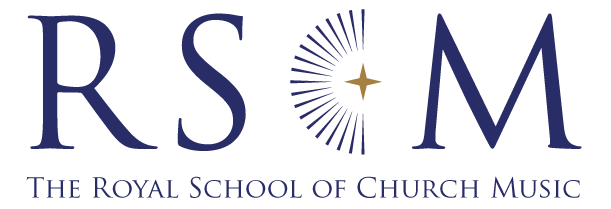Reviews of CDs
* Worth hearing
** Recommended
*** Essential listening
ORGAN CD
**
ANTONY LE FLEMING
plays the Alfred Monk organ at St Mary, Hadlow / available from antlefleming@gmail.com CTRS1041
Anyone looking for an attractive organ recital of mainly English and German music featuring many of the organ masters would struggle to find better than this. The tempi have been carefully chosen and allow superb rhythmic, harmonic and textural clarity. The Fantasia and Fugue in G by Parry provides an arresting beginning. The range of dynamics and timbres of the Alfred Monk organ is impressive. As an explosive centrepiece we are treated to J.S. Bach’s Prelude and Fugue in C minor. Lefébure-Wély’s Sortie in E flat is as exuberant as it should be. Alongside these more familiar composers there are welcome discoveries, including the charming Cantilene by Horace Watling. Unfortunately, a little background noise makes an unwelcome contribution in a couple of places – not too intrusive but a minor blemish. It would have been nice to have an organ specification list in the accompanying booklet.
Ian Munro
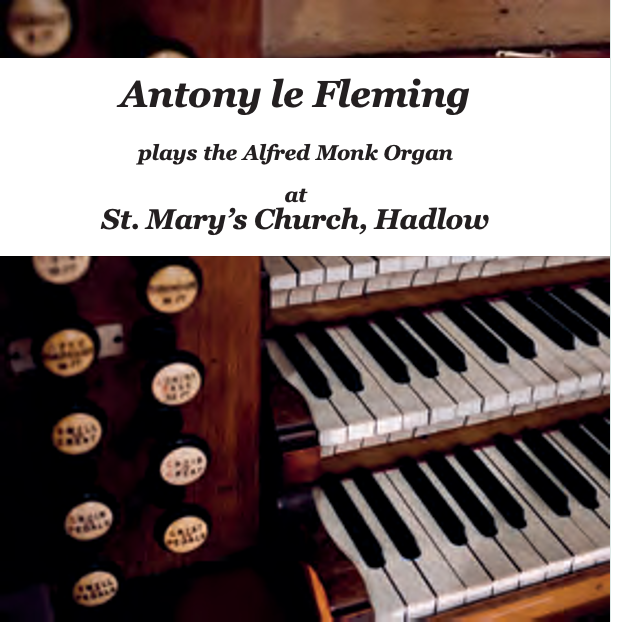
CHORAL CDs
***
STANFORD AND HOWELLS REMEMBERED
Caroline Ashton, Donna Deam, Karen Kerslake (sopranos) / Frances Jellard (alto) / Andrew Gant (tenor) / Simon Davies, Charles Pott (baritones) / Cambridge Singers / Wayne Marshall (organ) / John Rutter
Collegium 2-CDs CSCD524
Recorded by John Rutter almost 30 years ago in Ely Cathedral, most of the material ‘remembered’ here was issued at that time on a single CD entitled I will lift up mine eyes. However, nearly 20 minutes of recorded music was not released and has only now been added to the other remastered tracks to provide over 90 minutes of music over two CDs, one devoted to Charles Villiers Stanford (1852–1924) and the other to his pupil, Herbert Howells (1892–1983). Stanford held his pupil in such esteem that he bequeathed him a signet ring that, according to John Rutter’s liner note, Howells wore until his death.
The Stanford disc includes the popular evening canticles in G and B flat, the Te Deum in C, three anthems, and perhaps most interestingly the large-scale Latin Magnificat of 1918. This double-choir unaccompanied setting, dedicated to the memory of Parry who died in the year it was written, was obviously inspired in its opening and closing by Bach’s Singet dem Herrn. It receives a confident and exciting performance.
Also for double choir, unaccompanied, with Latin text and not included on the original CD is the Howells Requiem of 1932/3 (but not published until 1980). It is the major work on the second disc, along with the Gloucester Service, a hymn (Michael with John Rutter’s Howells-approved descant) and three anthems. These include The fear of the Lord that Howells dedicated to Rutter and the Clare College choir. The singing throughout is outstanding – fresh and sensitive – and Rutter directs with a real affinity with the music of both composers. Wayne Marshall’s organ playing benefits from the spacious Ely acoustic although it contrasts rather with the closer-miked sound of the singers.
Judith Markwith
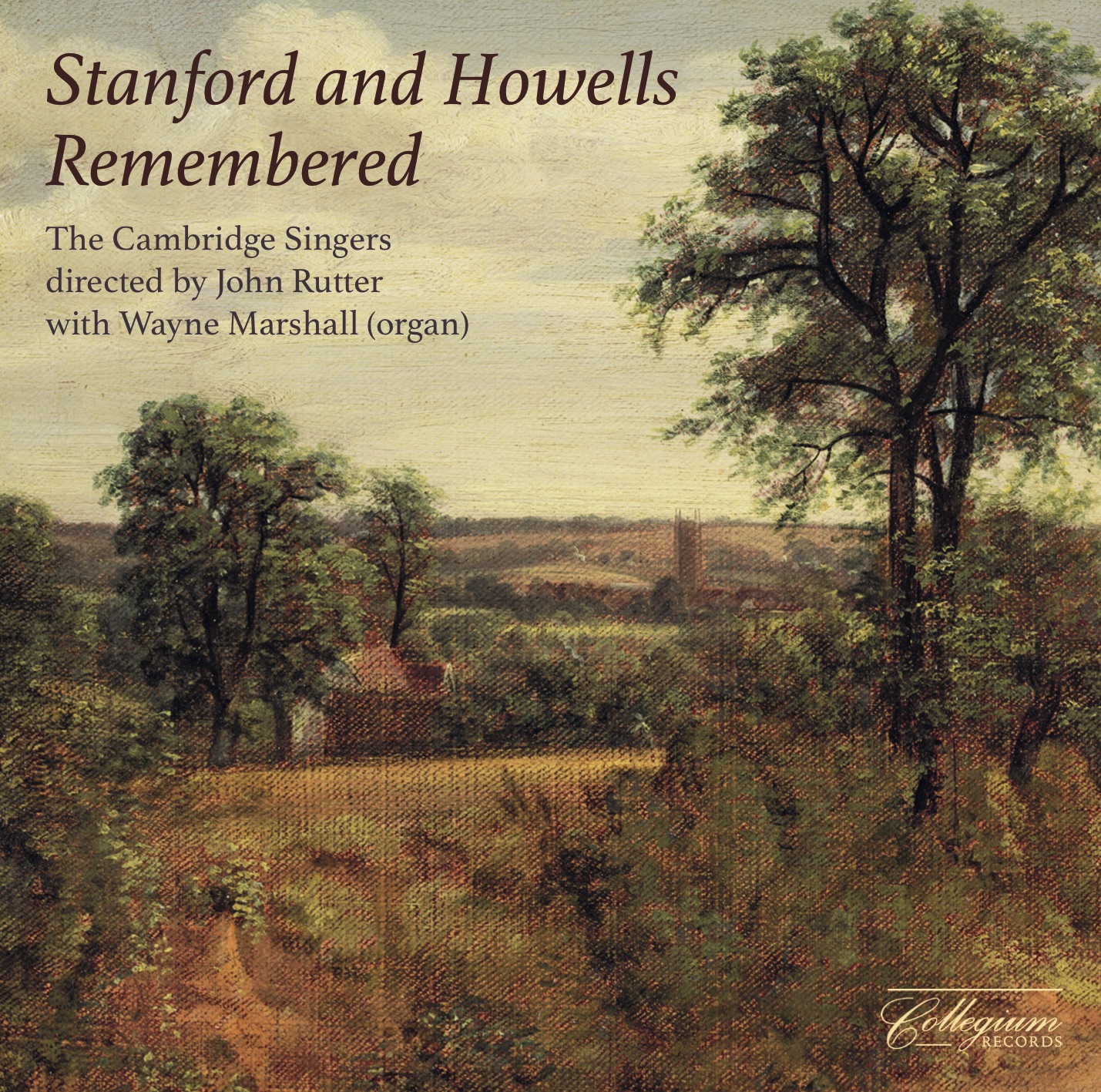
**
EARTHLY AND DIVINE
The Leys Chamber Choir / Max Kenworthy
Priory Records PRCD1231
I had to keep reminding myself of two things while listening to this recording: this is a school choir and there are only 12 singers. It is an impressive CD covering five centuries of music that is sung completely unaccompanied. Some of it is familiar, some less familiar; some sacred, some secular. The young singers give mature performances. There are some balance and intonation issues in places, but these are small complaints and don’t detract from the quality of the musical offerings. The Lamb by John Tavener and Stanford’s The blue bird are incredibly beautiful; the quieter passages of Whitacre’s Lux aurumque as well as the ethereal ending of Charles Wood’s Oculi omnium are sublime. Frank Ticheli’s Earth song is beautifully sung. Parry’s My soul, there is a country feels slightly underpowered and a little rough around the edges. However, The Leys Chamber Choir gives a masterclass in clear diction and clear textures.
Ian Munro

*
THE TUDOR CHOIR BOOK
Croydon Minster Choir of Whitgift School / English Cornett & Sackbut Ensemble / Ronny Krippner
Convivium Records CR042
This recording of music is a mixed bag. The performances are spirited, with good tempi and clear diction. What the choir may lack in finesse it certainly makes up for in enthusiasm and commitment. Some pieces are close to perfection: an anonymous setting of Psalm 77, I with my voice to God do cry, and Tallis’s third mode setting of Psalm 2, Why fum’th in fight, are well sung and sensitively accompanied by the English Cornett & Sackbut Ensemble. Peter Philips’s Bow down thine ear, the only a cappella item on this disc, is absolutely beautiful. On the other hand, the Credo movement of the Short Communion Service by Adrian Batten seems slightly hurried. The 21 trebles do themselves and their director proud, giving fine, committed performances, despite the intonation suffering in a few places, most notably Nathaniel Giles’s God, which as on this day.
Ian Munro
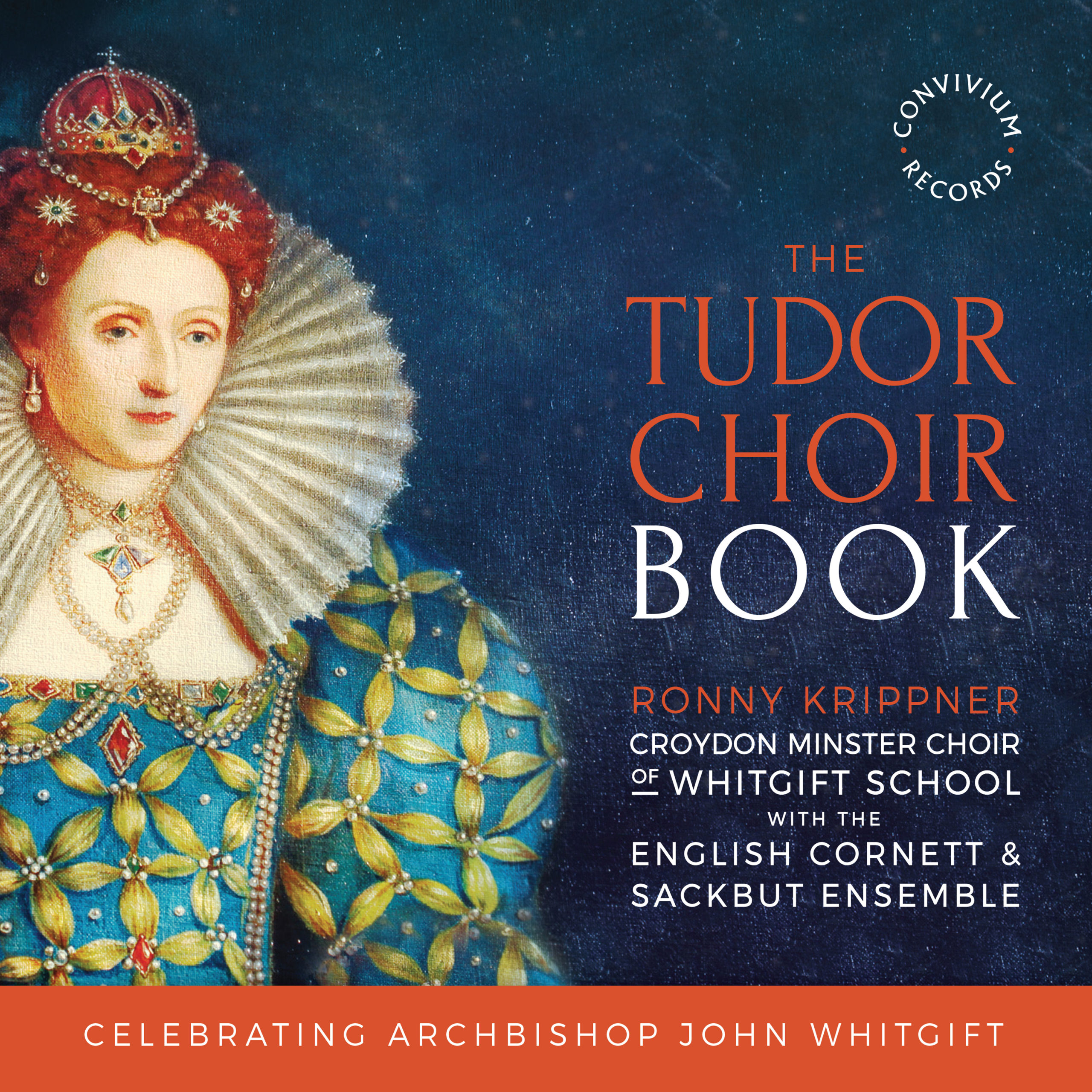
*
THE MUSIC OF RICHARD PANTCHEFF VOLUME 1: CHORAL MUSIC
London Choral Sinfonia / Matthew Fletcher (piano) / Jeremy Cole (organ) / Michael Waldron
Orchid Classics ORC100144
Richard Pantcheff isn’t a familiar name, yet his website shows an impressive output, both published and commissioned and with an international standing too. From 2012 to 2019 he was director of music of an Anglican church in South Africa. Among the commissions are sets of evening canticles for Christ Church Cathedral, Oxford and for St Paul’s Cathedral; both are included on this collection. In these and other works recorded here, including settings of texts from John Donne and Henry VIII, there is some substantial writing, requiring good technique. The well-blended London Choral Sinfonia, comprising around 30 professional singers, is more than equal to the task. There’s an elegiac – rather ‘Howells-ian’ – lyrical quality to Pantcheff’s music and nowhere more so than in his setting for upper voices of Veni Sancte Spiritus, though his settings of Four Poems of Stephen Crane are a bit of a shock to the system.
This CD was recorded back in the winter of 2015. Five years on and in the midst of a global pandemic, its release is befitting for the reflective mood of our times.
Stuart Robinson
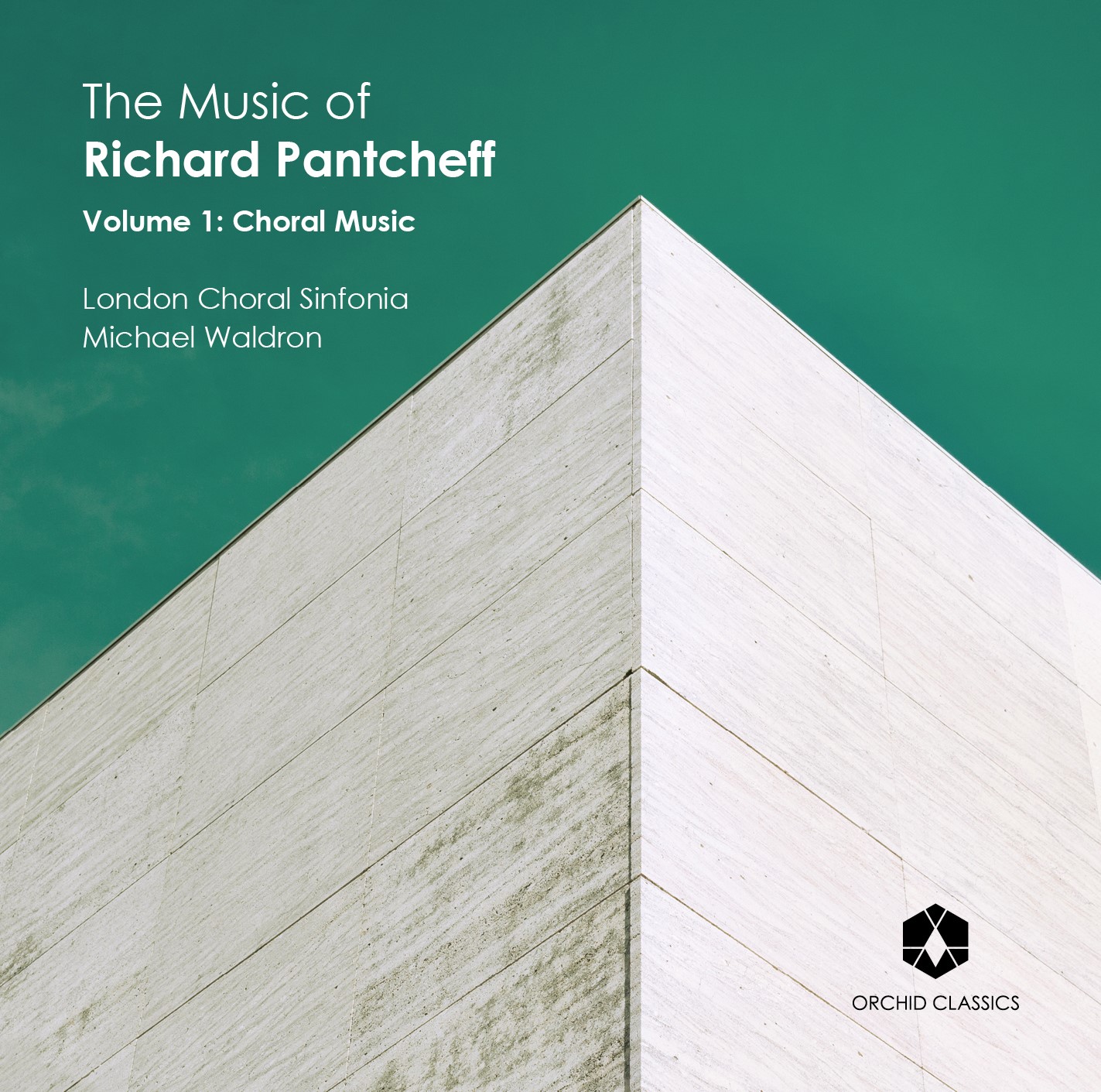
DVDs
***
A LEGEND REBORN: THE VOICE OF KING’S
A film by Steven Benson, produced by Will Fraser David Briggs / Robert Quinney / Ashley Grote / Tom Winpenny / Richard Gowers / Henry Websdale / Dónal McCann
Fugue State Films 4-disc pack FSFDVD013
Readers will remember the article by Steven Benson in CMQ (December 2020) describing the restoration of the organ in King’s College, Cambridge, in which he shared his excitement at being able to film what was done. We now have a copy of the documentary film and it is good to be able to report that it as overwhelmingly successful as was claimed – in fact more so, given the additional recital by seven former King’s organ scholars. This results in a four-disc pack with two DVDs, one of the film about the restoration and one of the recital, plus two CDs of the recital that seem to have a slightly warmer sound than the DVD, at least on my equipment.
The recital music ranges from J.S. Bach (Robert Quinney playing the Passacaglia and Fugue BWV582 and Tom Winpenny the Prelude and Fugue in G BWV550) to Judith Bingham (Incarnation with shepherds dancing played by Dónal McCann). There is much 20th-century French music: Messiaen (Transports de joie) and Alain from Richard Gowers, Dupré from McCann and Winpenny, and Vierne from Henry Websdale (Toccata from Pièces de Fantaisie) and an atmospheric Carillon de Westminster from Ashley Grote. Homegrown repertoire comes from Bridge, Murrill, Howells and Vaughan Williams as well as Bingham. David Briggs concludes the discs with the Reger Op. 59 Toccata and Fugue followed by 17 minutes of improvisation on ‘O Sapientia’.
The DVD of these performances has the expected close-ups of pedalling and registration management and a range of views from the side, plus overhead views of the console. The DVD that documents the restoration is narrated by David Briggs and includes interviews with craftsmen from Harrison and Harrison, including one whose grandfather had originally worked on the organ. (One wonders why organ building seems to be an exclusively male occupation – coupled with performances by former King’s scholars, the DVDs do not attempt gender balance!). A computer-generated cross section of the organ helps make sense of the varied work that is filmed. Happily Sir Stephen Cleobury was able to be interviewed, and he describes the wider significance of the instrument. A bonus is an extract from Fugue State Films’ The English Organ DVDs, reviewed in CMQ (June 2020), where Daniel Moult explores and demonstrates the King’s organ. The whole package will appeal to serious organ players, but would also provide, for a non-specialist, a fascinating introduction to the instrument and how it works.
Judith Markwith
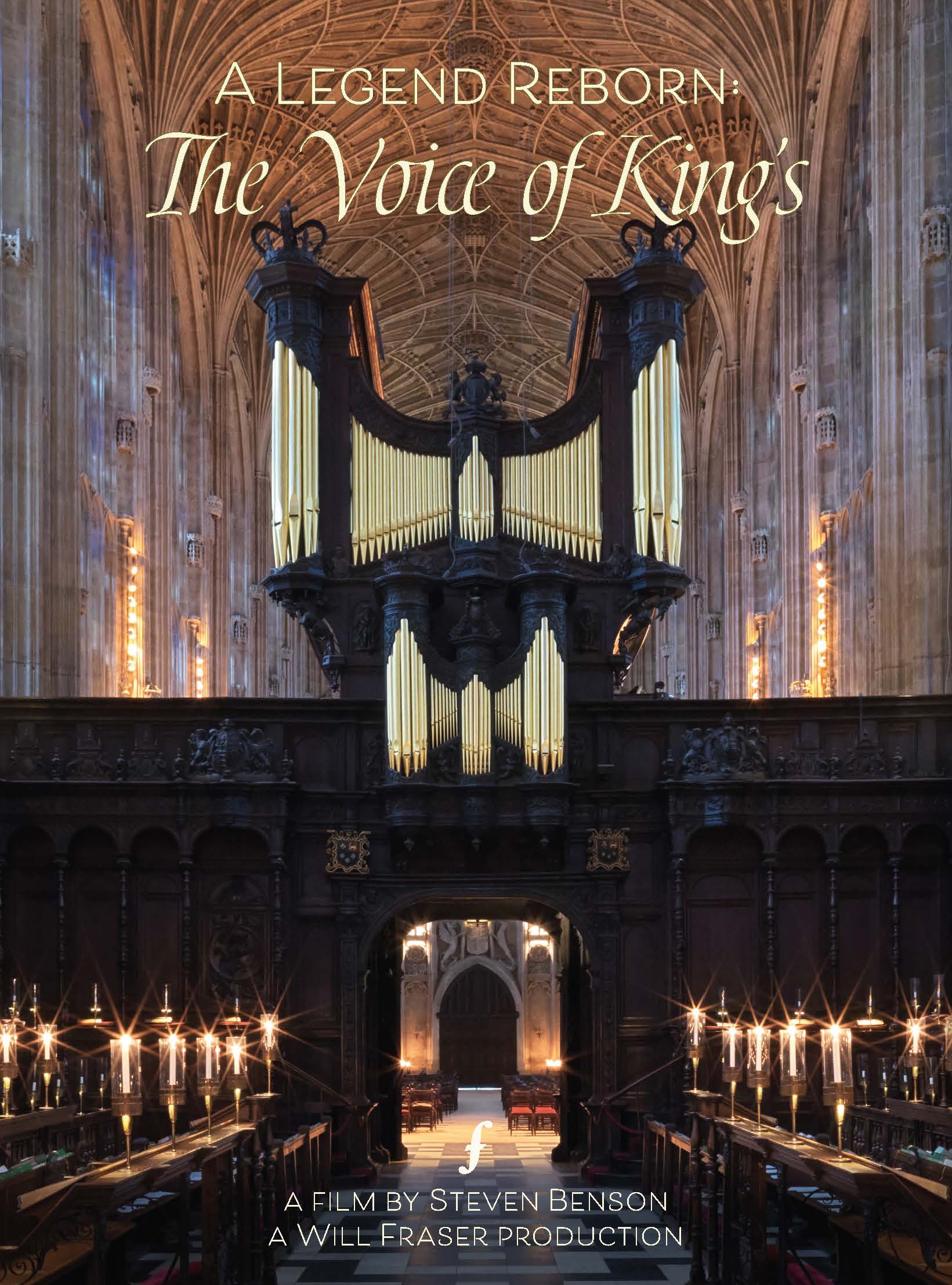
BOOKS
ORGAN WORKS
John Norman
Self-published: 274pp. H/B £49.50
Although self-published, this is one of the most attractively designed and well-printed books that I have encountered recently. The subtitle sums up its contents: ‘What is an organ and how does it work?’. Note that it does not say ‘What does it sound like?’ nor ‘What music is written for it?’. This is a book about the workings of a pipe organ, written by someone who knows it from the inside (and is from the family of the ‘Norman’ in Hill, Norman and Beard). It is clearly written and profusely illustrated with photographs and drawings. Others will dispute some of its opinions, not least the choice of thumbnail assessments of different organ builders and the mentions of them in the text, whether approving or disapproving – but we all know how so much of the ‘basics’ of organ building, not least voicing and mechanism, divides opinion among organists.
The book is strong on historical context as it discusses action, voicing, tuning, air pressure, casework, console shape, etc. The author’s experience as an organ advisor is apparent in the final chapter of practical advice on care and restoration. But above all the writing is lively and a pleasure to read – even the glossary of stop names is enjoyable as well as elucidating. The book is a clear and common-sensical answer to the questions of what the organ is and how it works. Copies are available via the website of the British Institute of Organ Studies at bios.org.uk/publications/index3.php
Julian Elloway
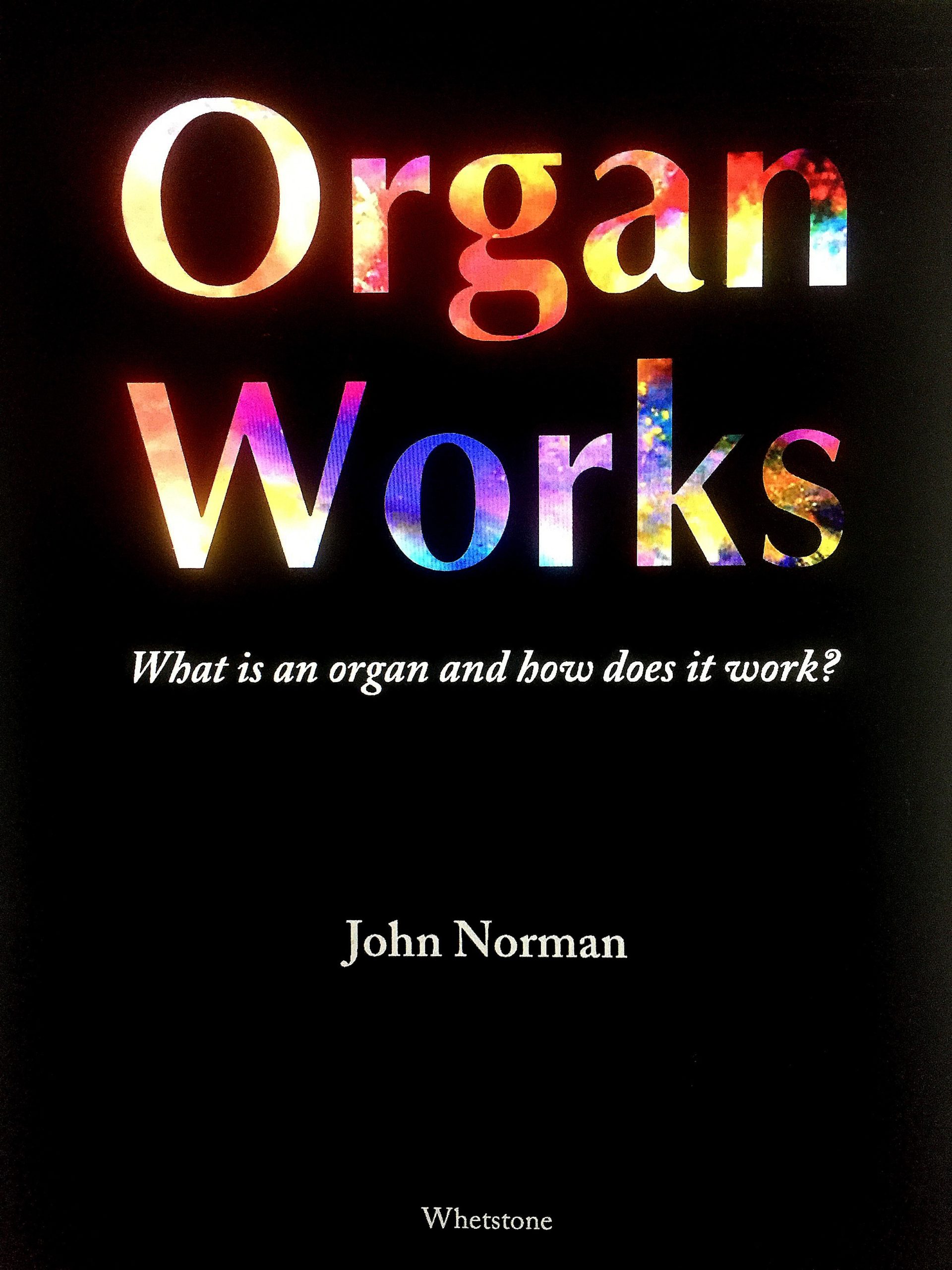
Reviews of printed Music
CHORAL MUSIC
KEY
E Easy
M Medium
D Difficult
MUSIC FOR REMEMBRANCE
MAY THE ANGELS LEAD YOU [E]
Randall Svane
SATB and organ
Encore Publications £1.95
MAY THE ANGELS (IN PARADISUM) [E]
Adrian Connell
SATB or SSA and keyboard
Edition Dohr (Universal Edition) 88831 SATB or 88832 SSA £8.95 each
Here are two settings, in English, of the ‘In Paradisum’ antiphon from the Requiem Mass. Both are very easy – indeed Randall Svane’s setting is in two parts (S/A in unison plus T/B in unison) until the last five bars. Svane is particularly sensitive to the detail of the text, such as the shaping of the word ‘holy’ and the organ chord with a trill within it for the fluttering of the ‘host of angels’. It is also personal, reserving its highest melodic note for the ‘you’ of ‘and lead you into the holy city’. The final four-part ‘may you have eternal rest’ is profoundly moving. The music is metrically fluid and the voices seem to float above the organ part.
Fluid and floating are not adjectives to apply to Adrian Connell’s setting – indeed it makes a feature of repeated crotchet chords like a quiet drum beat in the piano part (the score allows for organ, but it is piano writing). These chords, however, provide a feeling of inevitable momentum, taking the music, and the soul, forward into paradise – where the D minor of the opening comes to (everlasting) rest in a quiet D major.
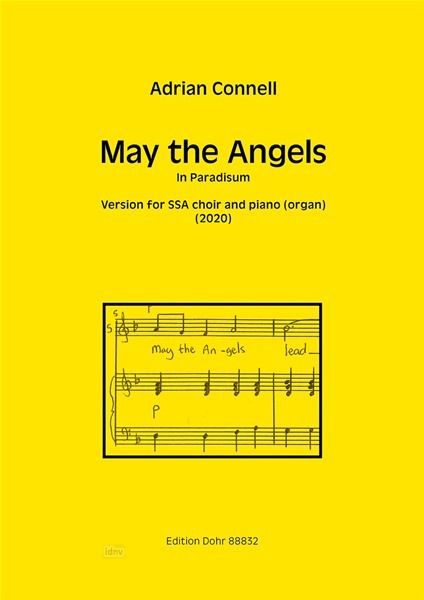
REQUIEM AETERNAM [M/D]
Tim Knight
SATB with divisions
Tim Knight Music (Spartan Press) TKM818 £2.25
HOW THEY SO SOFTLY REST [E/M]
Tim Knight
SATB, organ and opt. trumpet
Knight Edition (Universal Edition) KE202 £2.20
Tim Knight’s Requiem aeternam, a separate publication of the first movement of his complete Requiem setting, builds to a strong climax on ‘lux perpetua luceat eis’. It would be a good, stand-alone anthem for an accomplished and confident choir. How they so softly rest presents fewer challenges for the singers and could be an effective Remembrance Sunday anthem if there is a trumpeter on hand for the optional solos that link the choir’s phrases.
James L. Montgomery
RSCM CAROLS FOR SOPRANOS, ALTOS AND UNISON LOWER VOICES [mostly E/M]
ed. David Ogden
SA and Unison Lower Voices with and without accompaniment
RSCM RCA40 £14.95
David Ogden’s collection of 42 carols for Advent, Christmas and Epiphany, good value at £14.95, is a mixture of 30 new compositions and 12 arrangements. Ogden himself contributes three original pieces and two arrangements including a useful three-part unaccompanied version of the Coventry Carol. Of the 26 composers, 16 also featured in the previous RSCM Anthems for Sopranos, Altos and Unison Men, but this carol volume is more substantial, not just with more items but also a notably bigger page size and useful composer biographies.
The wide range of pieces is impressive. Some are from established professional composers such as Toby Young’s fresh take on Away in a manger that builds satisfyingly to the penultimate line ‘and take us to heaven’, and most strikingly Alexander Campkin’s Bring a torch, Jeannette, Isabella that has a real carol-like feeling and is easy to learn (with an optional keyboard part). It also takes up just three pages. Despite notable larger-scale contributions (there are over 40 pages devoted to four accomplished pieces from the L’Estrange team), it is the shorter pieces that tend to stick in the memory on a first play/sing through.
It may have been an alphabetical chance that led the book to open with Sarah MacDonald’s Advent Responsory, but what a good way to start! Choirs not wanting to tackle the ‘King’s College’ version based on Palestrina will welcome this new setting, where the three-part choir responsory is based on the melody of ‘Creator of the stars of night’. There are both Matin Responsory and Vesper Responsory versions. Also with an early music ‘feel’ is Huw Morgan’s There is no Rose of such virtue, a reworking of an early13th-century piece by Pérotin.
Of the youngest composers in the collection, Amy Summers contributes an arrangement of Silent Night that gives a verse to each of the three vocal parts, and an original setting of A babe is born all of a may that combines 15th-century words with a relaxed, contemporary harmonic language. Esther Bersweden’s The Angel Gabriel has a warmly lilting, carol-like feel, interrupted for verse 3 by a contemplative account of Mary’s response to the angel.
Richard Shephard, Thomas Hewitt Jones, Philip Wilby, Geoff Weaver, Philip Moore and Piers Maxim are among the better-known names with one or more contributions. But space only allows mention of a few of the composers and pieces. All 271 pages are available to peruse as a flipbook on the RSCM online shop – do spend an enjoyable time perusing this well-conceived volume that is as attractive as it is useful.
Stephen Patterson
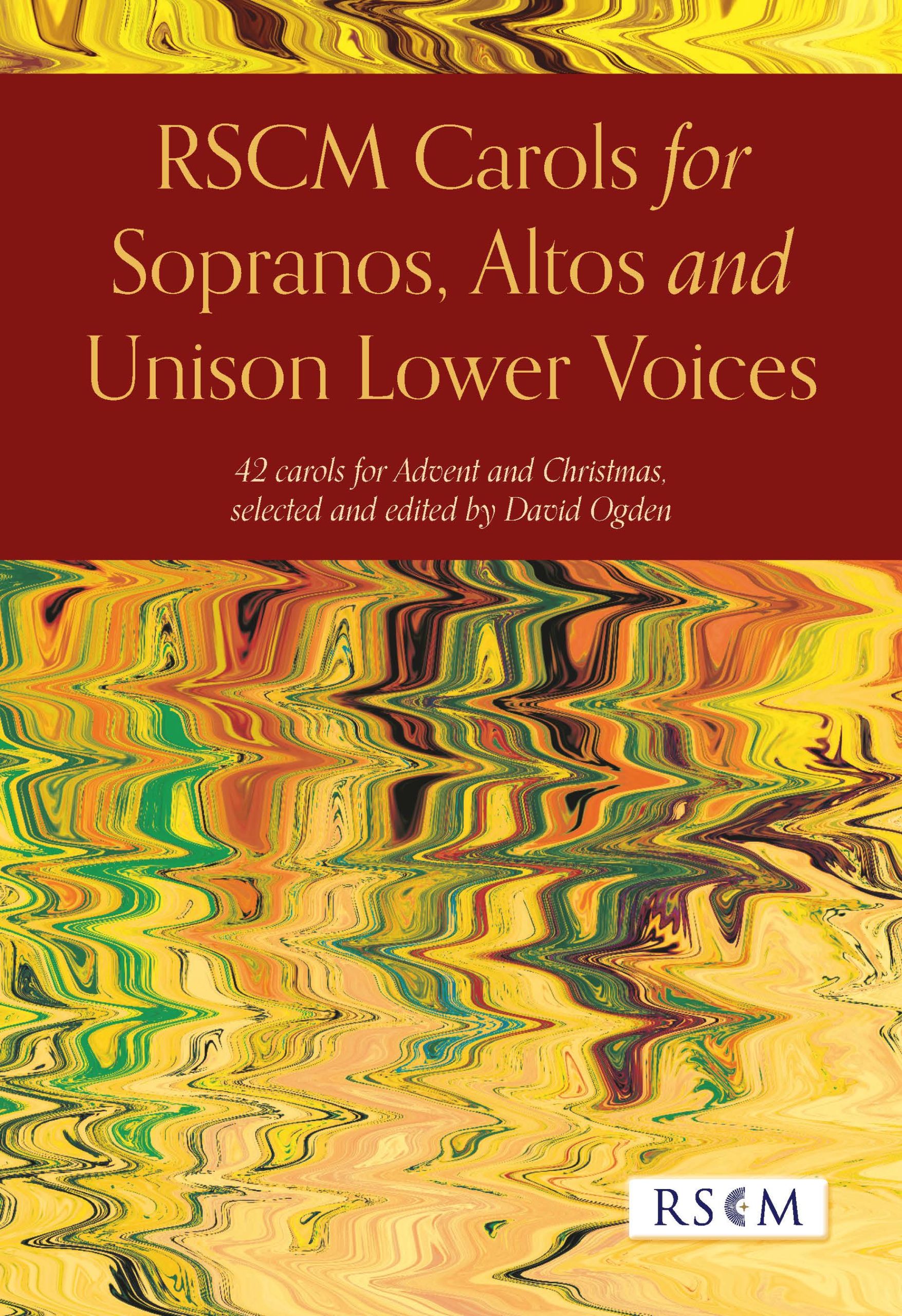
SERVICE MUSIC
ELY SERVICE: MAGNIFICAT AND NUNC DIMITTIS [D]
Christopher Robinson
Sopranos (with divisions) and organ
Encore Publications £3.25
MAGNIFICAT AND NUNC DIMITTIS IN A [D]
Philip Moore
AATTBB
Encore Publications £2.95
Both settings show the hand of skilled composers who can imaginatively use their singers (upper voices in one case, lower voices in the other) in a resonant acoustic.
Christopher Robinson’s upper voice setting of the BCP evensong canticles divides the voices into three parts and needs a choir of cathedral standard for some of the spirited writing in the Magnificat. After the sparkling brilliance of that movement, the Nunc Dimittis could not be more contrasting. The voices move homophonically and, despite the splendour of ‘the glory of thy people Israel’, the music seems to depict an old man ready to depart in peace.
Philip Moore wrote his double ATB setting of the same canticles in 1973, but they have only just been published. One can imagine these canticles in the nave of Canterbury Cathedral (for which they were written), as the voices alternate across the nave or join in a rich and full texture. The most incisive writing illustrates the shafts of light in the middle of the Nunc Dimittis.
MAGNIFICAT OMNIUM TONORUM [M]
David Bevan
SATB with divisions
RSCM C1131 £10.50
Choirs that enjoy singing fauxbourdon settings of the Magnificat will find much to satisfy them in these eight settings, one in each ‘tone’. Verses alternate between chant and choral counterpoint, with the chant present in an inner voice in the contrapuntal verses. The vocal lines themselves are easy to learn for singers used to Renaissance polyphony, and rewarding to sing, but small choirs should beware that none of the settings is in fewer than five parts and three are in eight parts.
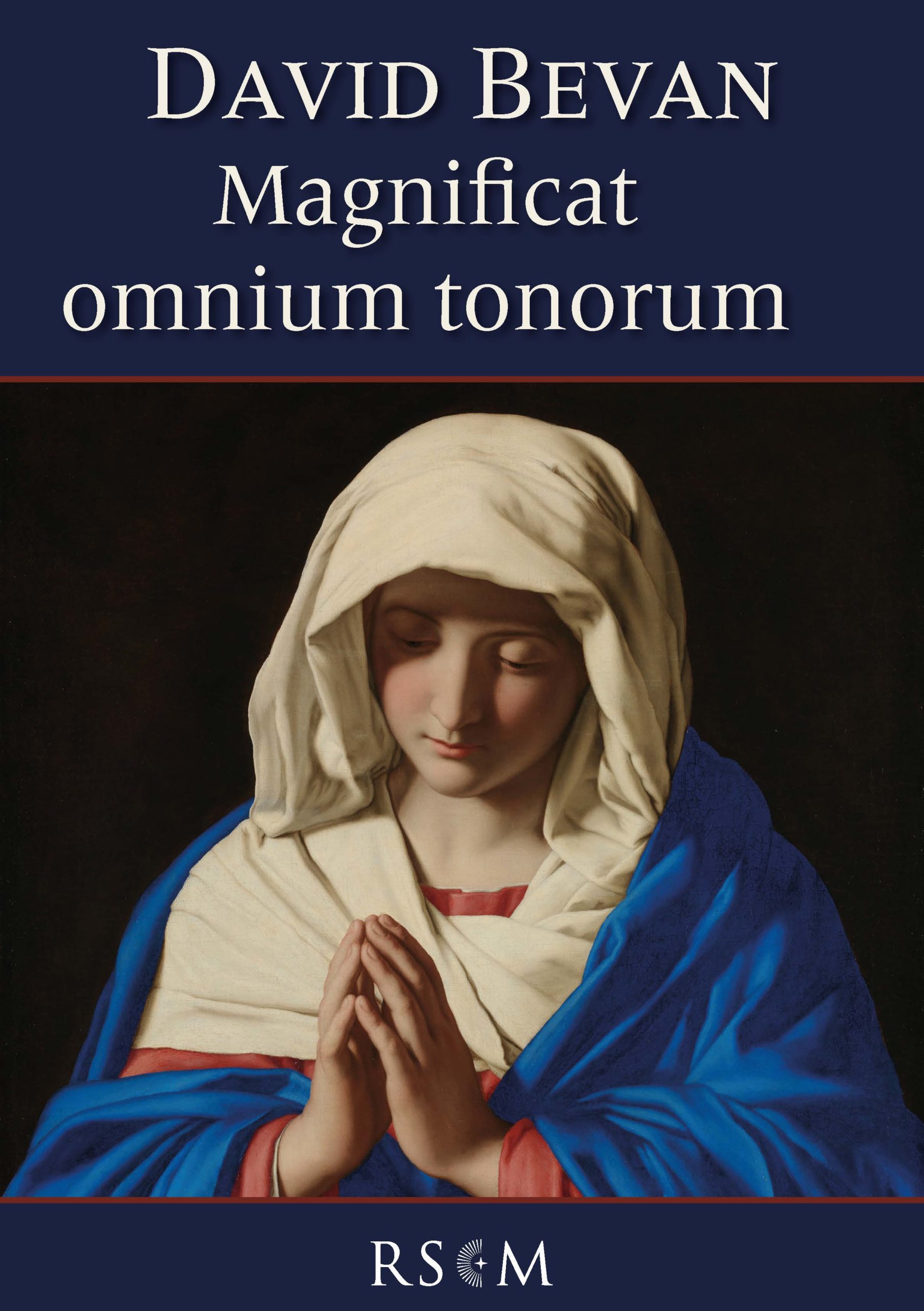
EVENING CANTICLES (SAB) [E/M]
S/A/Men and organ
MAGNIFICAT AND NUNC DIMITTIS [M]
SATB and organ
Tim Knight
Knight Edition (Universal Edition) KE201 £2.20 and KE204 £2.60
In the first of these publications from Tim Knight, strong organ chords kick off the initially unison voices, and establish the tone for a setting that would be an enjoyable sing for a three-part choir. At times the word ‘rumbustious’ springs to mind, despite a more thoughtful Nunc Dimittis. The SATB setting is more atmospheric, often contemplative – I particularly enjoyed the well-shaped Gloria that brings each canticle to a gentle conclusion.
James L. Montgomery
ORGAN MUSIC
E Easy
M Medium
D Difficult
MANUALS ONLY
SONATA IN F [M]
Philip Hayes ed. David Patrick
Fitzjohn Music Publications £6.00
This two-movement Sonata was included in the set of Six Concertos for Organ, Harpsichord or Forte Piano by Philip Hayes (1738–97), already published by Fitzjohn Music. The opening binary-form Allegro has an insistent Alberti bass beneath a tuneful treble, punctuated by occasional full crotchet chords. Repeated phrases at the same pitch offer scope for quick changes of registration. The second movement is a 3/8 Minuet in ternary form, with much use of semiquaver triplets and varied textures.
Well presented as usual from Fitzjohn Music, technically not over-demanding, but requiring care with the ornaments, this piece exudes unpretentious charm. Although described as for harpsichord in the original print, we know from Marsh’s (disapproving) comments that such pieces were frequently played on the organ.
John Collins
PRELUDE AND FUGUE ON THE NAME JACKSON [E/M]
Philip Moore
Encore Publications
979-0-9002446-3-5 £4.95
The Prelude and Fugue on the name Jackson (for chamber organ) was first performed on 2 October 2017, during an event to celebrate the 100th birthday of Francis Jackson. The work does not require the use of pedals and is appropriately 100 bars long. As the title suggests, the main thematic material is made up of a musical cryptogram (J). The Prelude consists of only two voices, whereas the Fugue requires a little more technical facility. This is a charming work, which would be equally at home on the smallest of chamber instruments or the largest of cathedral organs.
Richard Brasier

ANTHOLOGIES
AN ALBUM OF TRANSCRIPTIONS [D]
Pyotr Ilyich Tchaikovsky arr. David Patrick and Gordon Balch Nevin
Fitzjohn Music Publications £10.00
This neatly bound, attractive publication contains a set of four Tchaikovsky transcriptions for organ. The first is Chant sans Paroles (‘Song without Words’) and the remaining three come from The Nutcracker: ‘Dance of the Sugar Plum Fairy’, ‘Arabian Dance’ and the ‘Dance of the Reed Pipes’. The music is clearly notated with appropriate performance directions, dynamics and registrations, although there are a couple of places where the music feels to me a little tight on the page. Players should be aware that Gordon Balch Nevin’s transcriptions of the Nutcracker pieces have been made with three manuals in mind, and extending to a top C. For organists looking for new recital ideas, this selection of pieces would be a treat in any programme!
Ian Munro
CLEMENTI’S SELECTION OF PRACTICAL HARMONY VOL. 2 [M–D]
ed. Andrea Coen
UT Orpheus (Universal Edition) MC52.2 £81.50
A review of volume 1 in Sunday by Sunday (March 2021) gives background information to this series. Volume 2 contains 47 mainly fugal pieces by nine 18th-century composers, each of whom was also represented in volume 1. It opens with six attractive Fugues by Albrechtsberger, followed by the four Toccatas (here called Voluntary) and Fugues by Eberlin from his 1747 print not included in volume 1. The first two are double fugues and number four is intensely chromatic. Next is a fascinating arrangement by Clementi himself of Mozart’s well-known Fantasia in F minor; comparison with other arrangements is well worth while. Five pieces by C.P.E. Bach follow: a Fantasia that dissolves into arpeggios and a solid four-part Fuga in C minor, a Fantasia in C from the sixth collection of pieces for harpsichord or fortepiano, a Voluntary better known as the Solfeggio in C minor, a long, well-worked Fuga a 4 and a three movement Sonata, marked here as ‘composed expressly for the organ’, but entitled ‘per il cembalo’ in the source manuscript. Similar to his 1755 set written specifically for the organ, it would be successful with light, contrasting registrations. J.S. Bach’s manualiter Toccata in D minor opens with a free section followed by a rhythmically sequential slower passage, leading to two lively fugal section separated by an adagio. Eleven short but well-crafted Fugues by Handel are next, including the set of six originally published in 1735 and five more taken from the suites for harpsichord of 1720.
Four multi-movement Sonatas by Martini offer a test to the performer. Each opens with a prelude – that of number 1 is dramatic with plenty of demisemiquaver passages – and a fugue, but also including dances in numbers 1–3. The Siciliana in number 1 is plaintive and the Corrente offers an unusual switch from 3/4 to common time in each section. These are followed by a Fuga in F minor by Alessandro Scarlatti with frequent changes from 6/8 to 3/4, and two loosely contrapuntal Fugas by his son Domenico, including the well-known ‘Cat Fugue’ in G minor with galloping octaves in the left hand. The volume closes with eight pieces attributed to Frescobaldi, but the three Fugas are actually Canzonas by Gottlieb Muffat. Genuine pieces by the Roman composer include three Canzonas, a slow, dissonant Toccata di durezze e ligature and a Corrente.
This volume, with 231 pages of music, contains the same introductory material as volume 1 and a table of original sources. It is indeed expensive, but provides a further selection of useful pieces, only a few requiring pedals, but several requiring an advanced technical ability.
John Collins
VOLUNTARIES
LAUDATE FOR ORGAN [D]
CREATION DANCE [D]
Neil Cox
Encore Publications 979-0-9002446-2-8 and 979-0-9002446-1-1 £7.95 each
These are vibrant yet technically challenging works. Laudate was commissioned by Sebastian Thomson in 2014 as part of his Angels of Creation series, in which he commissioned and recorded several new works for organ. The present one is based on a window in Chichester Cathedral installed by Marc Chagall in 1978 (and reproduced in CMQ March 2018). The window is based on Psalm 150 that punctuates various vibrant colours with small figures that spiral upwards in a vortex of energy and movement. Children dance and play, and creatures sound trumpets, horns, flutes, cymbals, tambourine and fiddle. Presiding over the scene is David with his harp, representing the word of God.
Creation Dance begins as a musical challenge for the composer in which he used all 12 semitones of the scale, which would also work if immediately repeated, but this time back to front. This is followed by virtuosic and energized passage work, aiming to display all the colours of the organ. A quieter central moment builds up to a boisterous conclusion. The score’s directions are deliberately visual – ‘Joyfully, with spirals of light’, ‘glittering, starry’ – for, in the words of Holst’s Hymn of Jesus, ‘Divine Grace is dancing – all things join in the dance!’
These highly virtuosic works would make excellent additions to the concert repertoire of an accomplished organist. Their attractive artwork and excellent presentation make them a must for any music collection.
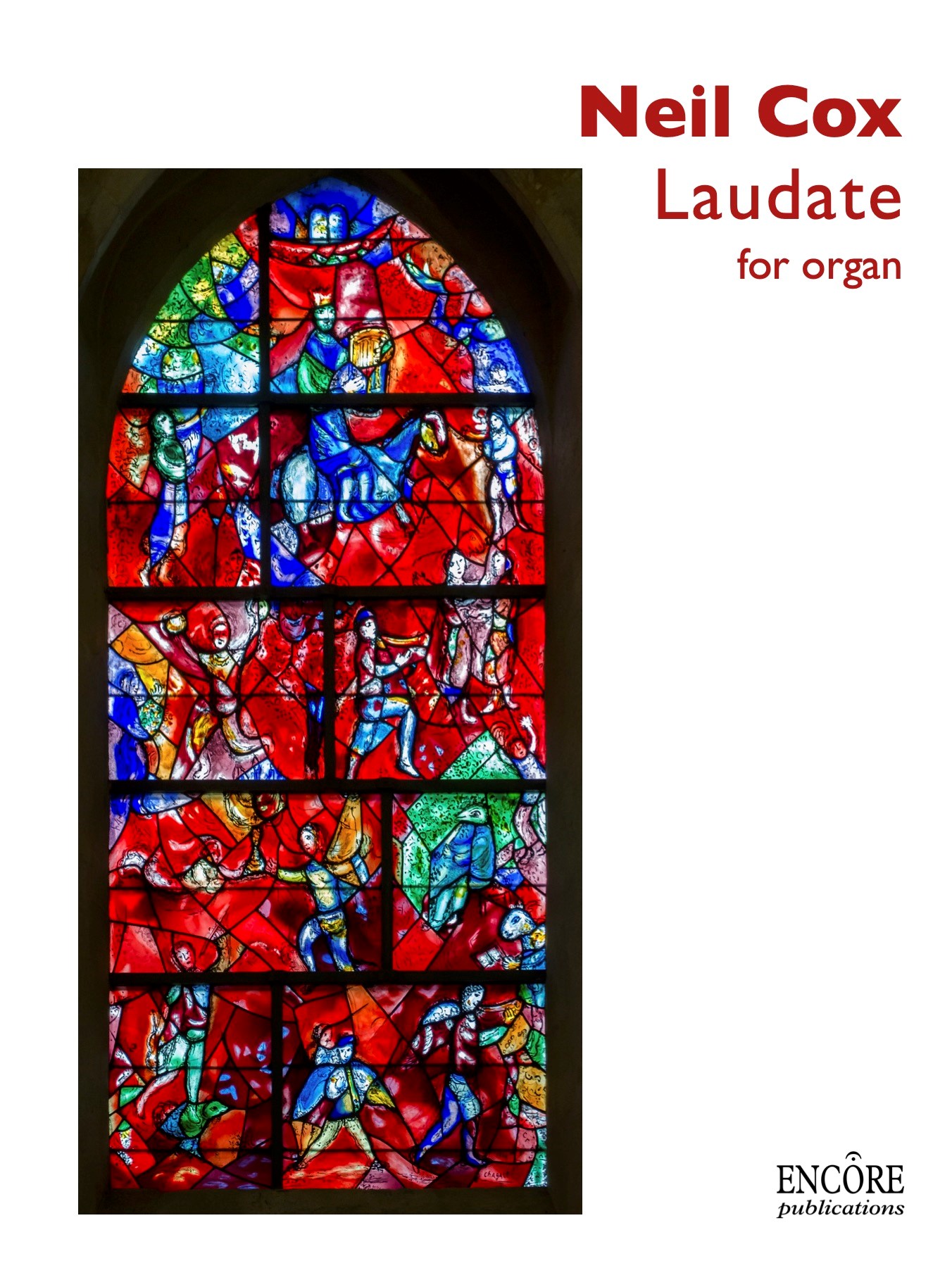
SALISBURY SUITE [M/D]
PASSACAGLIA AND FUGUE [M/D]
David Halls
RSCM RO38 £7.50 and RO39 £7.95
The five movements of Salisbury Suite take Salisbury Cathedral and aspects of its history (past and present) as a running theme. ‘Old Sarum – Salisbury Cathedral’ is reminiscent of Vierne’s Cathédrales, and begins with rather stark, but grand, open fifths on full organ. The opening section is followed by a more settled moment in which the melody in the right hand is presented as a mirror inversion in the pedals. The movement is interspersed with a short, but lively Giocoso, before the grand opening returns, dying down to a soft conclusion. The second movement, ‘Salisbury Cathedral School’, is a lively 6/8 scherzo for manuals only, featuring a chant melody by Sir Walter Alcock (former organist at Salisbury). The movement is playful and made up of strong rhythmic features, with flowing semiquavers that depict the hustle and bustle of daily life at the school. In contrast, the third movement (‘Evensong’) depicts the service with a quiet, contemplative opening that builds to a grand, rather modal central section, before a more peaceful conclusion. The penultimate movement (‘Magna Carta’) comprises short variations on the plainsong Veni, Sancte Spiritus, the text of which is sometimes attributed to Stephen Langton (d.1228), one of the authors of Magna Carta, 1215. The 800th anniversary in 2020 of the laying of the foundation stone of the ‘new’ Salisbury Cathedral is presented in a toccata entitled ‘The 800th Anniversary’. This grand movement, rooted in the French tradition, is a fitting conclusion to a well-crafted set of variations.
The Passacaglia and Fugue for organ has a short, but grand introduction in B minor that falls away to segue straight into the Passacaglia. The theme is angular, but treated sensitively in the variations, some of which are reminiscent of the Introduction and Passacaglia from Rheinberger’s eighth Sonata. The movement continues to grow, before the introductory material returns in more expanded form. The Passacaglia is followed by the Fugue, which grows organically to a triumphant conclusion in which the Passacaglia’s introduction returns once more, but this time in B major. The movements can be played together or separately and would make ideal repertoire for concerts or church services.
Richard Brasier
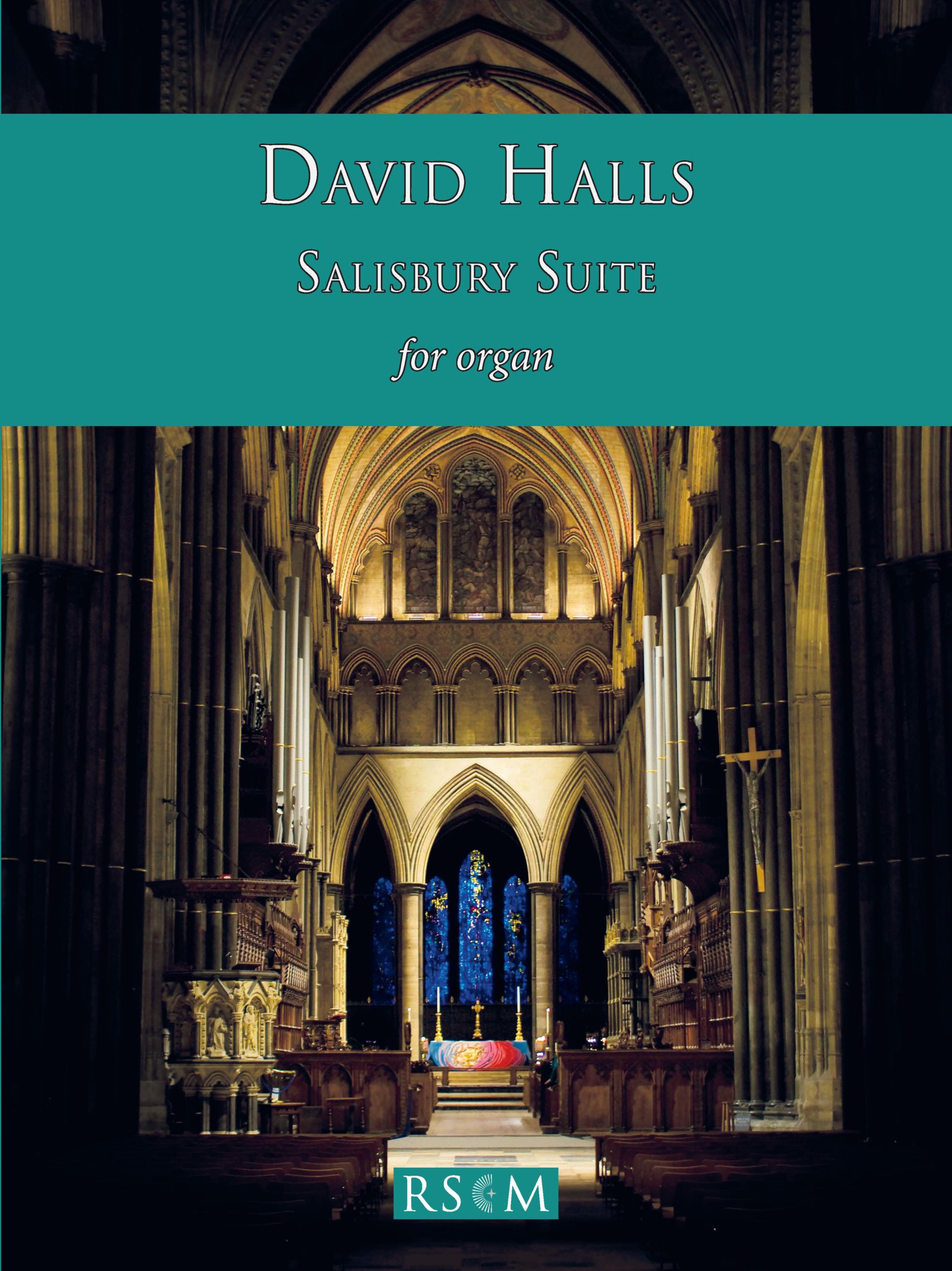
VIER METAPHERN Op. 2885 [E]
Peter Bares
Edition Dohr (Universal Edition) 28929 £8.95
These Four Metaphors are the last completed works of the prolific and respected German composer and organist Peter Bares (1936–2014). Written in September and October 2010, they are compact, dense and puzzling (in a good way), like short, opaque poems that demand repeated attention and thought. Stripped of all expression and tempo marks (save the first, marked ‘Toccata’), it is touching to see dates marked throughout the text, as the composer marked his progress through his final work almost day by day. Simple but highly rewarding music!
HYMNOS [D]
Wolfram Wagner
Doblinger (Universal Edition) 02 510 £15.50
This extended and dramatic work by the Viennese composer Wolfram Wagner (b.1962) dates from 2016 and was first performed by its dedicatee, Pier Damiano Peretti, at the St Jakobi church in Lübeck. The opening gesture, a twisting, chromatic figure, starts with pedal 16ft only, rising to a declamatory forte unison: thereafter, whether the mood is tranquil or bustling and kinetic, the music is rich, dense, complex and virtuosic. This is a hugely impressive piece, beautiful in spite of, or perhaps better because of, its clashing dissonances and restless nature.
Huw Morgan
MALVERN SUITE NO. 1 [D]
Piers Maxim
RSCM Publications RO37 £6.75
Those who attended Piers Maxim’s recent lunchtime recital via the RSCM YouTube channel will recall a performance of Maxim’s own Malvern Suite No. 1. This is a neat and well-presented score with a cover photograph of the organ of the Great Malvern Priory where Maxim is director of music and organist. The four contrasting movements convey different styles: a grand opening, trumpet tune, a ‘Homage to Elgar’ and a grandiose finale. Registrations are mainly left to the discretion of the performer, although Maxim gives occasional suggestions. Suitable for liturgical use (Maxim suggests the ‘Homage to Elgar’ movement during the distribution of Communion) or for recital purposes, this suite of pieces is a wonderful addition to the repertoire.
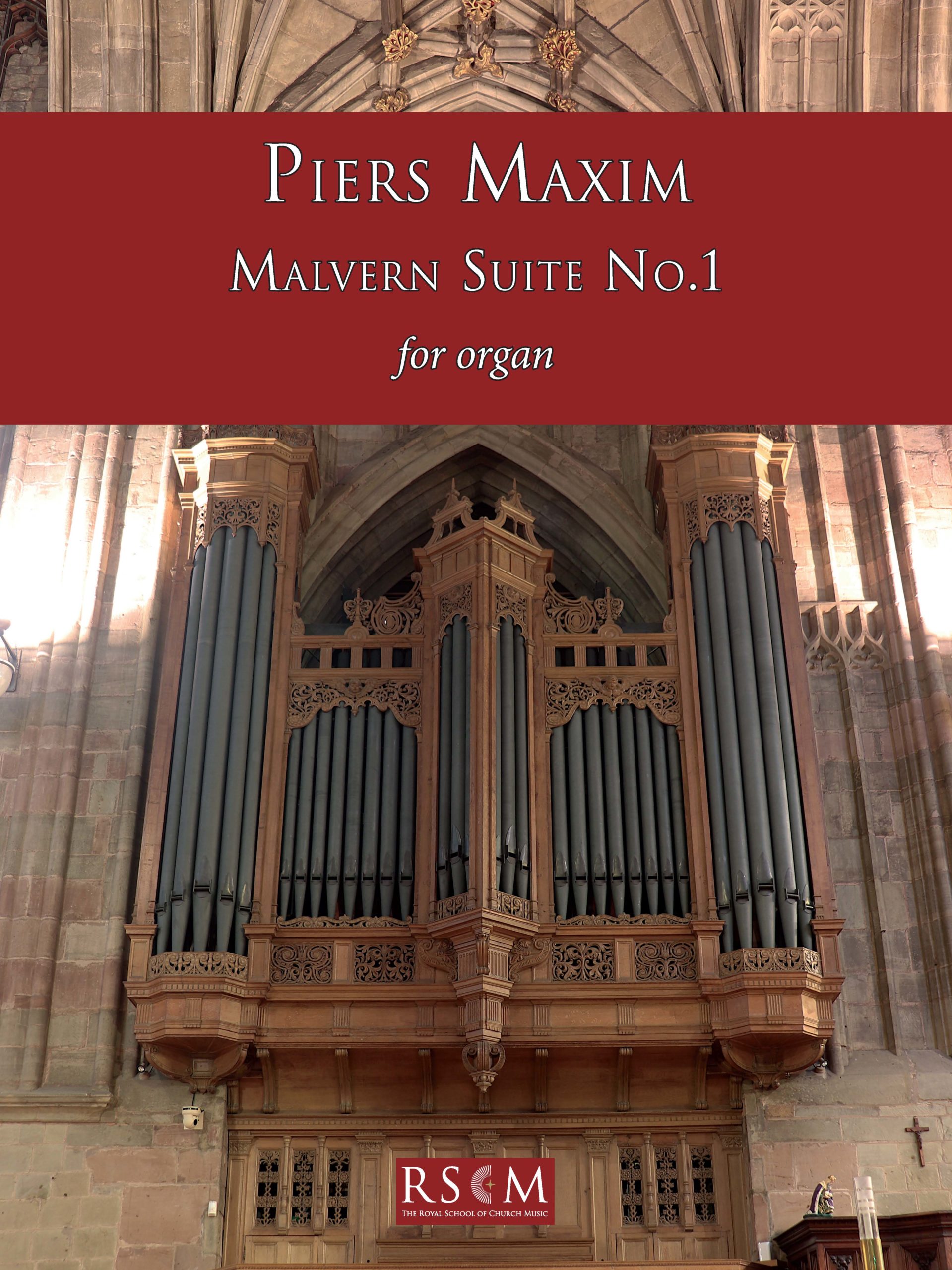
A GAELIC BLESSING [M]
John Rutter
RSCM Publications RO36 £4.95
John Rutter’s Gaelic Blessing remains popular with choirs and congregations, and the composer has now transcribed it for organ. Ideal as music for meditation, this skilful transcription retains the tranquil character of the choral original, allowing the organist to explore the softer, gentler timbres of the instrument. Printing the music over two facing pages avoids any issues with page turns, but has necessitated a slightly cramped second page; however, the music and performance directions are still clearly legible. This is a welcome, honest transcription of a favourite piece, which organists and congregations will enjoy.
Ian Munro
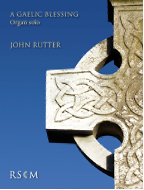
THE ENGLISH ORGAN SONATA
ENGLISH ORGAN SONATAS [mostly M–D]
Volume 1: W.T. Best: Sonata in G major & William Spark: Sonata in D minor
Volume 2: Frederick Ouseley: Sonata in C minor and Second Sonata
Volume 3: William Faulkes: Sonata in D minor & Frederick Bridge: Sonata in D minor
ed. Iain Quinn
UT Orpheus (Universal Edition) HS299, 230 and 231 £18.95 each
Volume one of this landmark series of editions contains the Sonata in G major by W.T. Best (1826–97) and the Sonata in D minor by William Spark (1823–97). Best requires no introduction among organists, whereas Spark may be a new name. He held many church positions and worked closely with S.S. Wesley. He also worked with Henry Smart on the design for the new organ at Leeds Town Hall, played recitals and published extensively. There are moments in both sonatas that will appeal to a variety of tastes and needs. They can be played as a whole in concert, or separated for use before, after or during the service.
Volume 2 contains the two Sonatas of F. A. Gore Ouseley (1825–89). He is probably most famous for his anthem Is it nothing to you, so it is refreshing to see his organ music become more readily available. Quinn states that Ouseley’s compositions show the influence of Mendelssohn’s pedagogical style as well as a penchant for subtle mimesis in relation to Mozart and Beethoven in both the free use of stylistic ornamentation and musical styles.
Volume 3 contains the Sonatas (both in D minor) of William Faulkes (1863–1933) and J. Frederick Bridge (1844–1924). Little is known of Faulkes, who originally self-published his Sonata in D minor in 1897. He hailed from Liverpool, and held a post as organist at St Mary, Anfield. Bridge, in contrast, was active as a church musician, composer and teacher. He held posts at the Royal College of Music and at Westminster Abbey, where he oversaw a number of high-profile events.
Well-researched prefaces offer details on the composers, sources and performance practice. These editions are a must for lovers of Victoriana, and for those who are intrigued to delve a little further into organ music of the 19th century.
Richard Brasier
